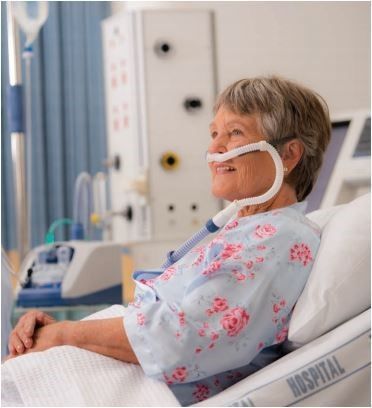Cardiology, acute myocardial infarction omega3 drugs able to positively intervene on remodell
Cardiology, acute myocardial infarction: omega3 drugs able to positively intervene on cardiac remodeling
A study, recently published in Circulation, analyzed the effects of taking high doses of Omega-3 drugs in patients who had suffered an acute myocardial infarction (AMI) showing that high doses of Omega-3, may positively intervene in remodeling of heart muscle.
The Benefits of Omega-3s for their Significant Cardiovascular Risk Reduction Activity and in Reducing Hypertriglyceridemia Have Long Been Known, and Scientific Evidence Is Known, But This Study Goes Far Beyond Cardiovascular Prevention by Demstraggio That they can “Repair” Heart Damage FROM STRIATION. The Results Were Obtained Through the Use of Omega-3 Drugs, Not Supplements.
“The results of this study are particlerly important,” comments Massimo Massetti, Director of the UOC of Cardiac Surgery Polyclinic a. Gemelli Hospital in Rome and Holder of the Chair of Cardiac Surgery at the Catholic University of the Sacred Heart in Rome ’ Catholic University of the Sacred Heart of Rome, In fact, after an acute myocardial incorporation, changes in the heart muscle eye that depend on the degree of ischemic district related to decreased Blood flow to the heart. These changes range from tissue necrosis with subsequent fibrous scarring (actual infarction) to reductions in regional contractility resulting in changes in the shape and size of the left ventricle. These Morphological Changes May Be Reversible, with appropriate interventions, in The Early Phase After Coronary Occlusion. If no action is taken, or if action is taken late, progressive dilatated of the incomplete ventricle with winning contractile performance is eStablished.
This process, is Termed “Remodeling” and, Depending on severity, May affectory subsequent Disease prognosis “.
The Omega-Remodel 1 Study is a Multicenter, Double-Blind, Placebo-Controlled Study Involving 358 Subjects Who Had Experience An Acute Myocardial Pression. Patient Were Randomly Divided Into Two Groups: 180 Patient Were Given High-Dose Omega-3 Acids for 6 Months, While The Remaining 178 Patient Were Given Placebo.
“The Researchers,” Massetti Continued, “Used Nuclear Magnetic Resonance Imaging to Assess Cardiac Structure and Tissue Characteristics Before and After Therapy. The Study ’ S primary endpoint (i.and., The First Parameter Detected) was the change in Left Ventricular Systolic Volume Index; While the second endpoint was the assessment of non-Infarcrt area Myocardial Fibrosis, Left Ventricular EJEction FRATION, and STRAD AREA SIZE.
Patient WHO Received 4G of Omega-3 Fatty Acids Daily Experienced, During the First 6 Months After Myocardial Sliding, A Significant Improvement in Both Left Ventricular Telesystolic Volume (-5.8%) of Both Non-Infarct Myocardial Fibrosis (-5.6%) Compared with the placebo group. The Response was Dose Related, So Patient WHO Achieved the Highest Incasse in Omega-3 in Red Blood Cells Reduced, significantly, Left Ventricular Systolic Volume Index. Moreover, There have been no adverse events associated with high-dose omega-3 fatty acid therapy.”.
In Italy, at Polyclinic a. Gemelli and coordinated by Massetti himself, will begin in the early part of the new year a study evaluating the anti-arrhythmic role of post-operative atrial fibrillation prevention of Omega-3 drugs in patients who have benefited from heart valve surgery and where a reduction in postoperative complications with improvement in immediate and distant prognosis is assumed. The prospective phase 2, single-center, randomized double-blind, placebo-controlled parallel-group OLEVIA study will enroll 152 patients and last 30 months. “For the past few years, even in our country, the’use of high dosages of Omega-3 has been sustainable, also due to the low cost of this drug today in its equivalent version,” concludes the expert.
